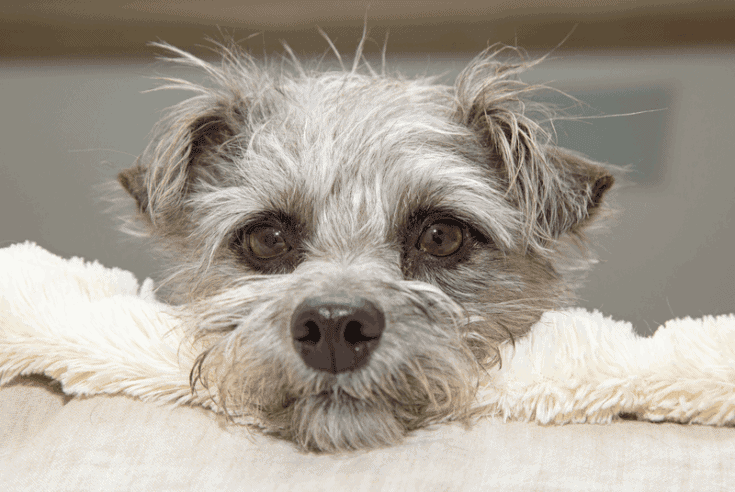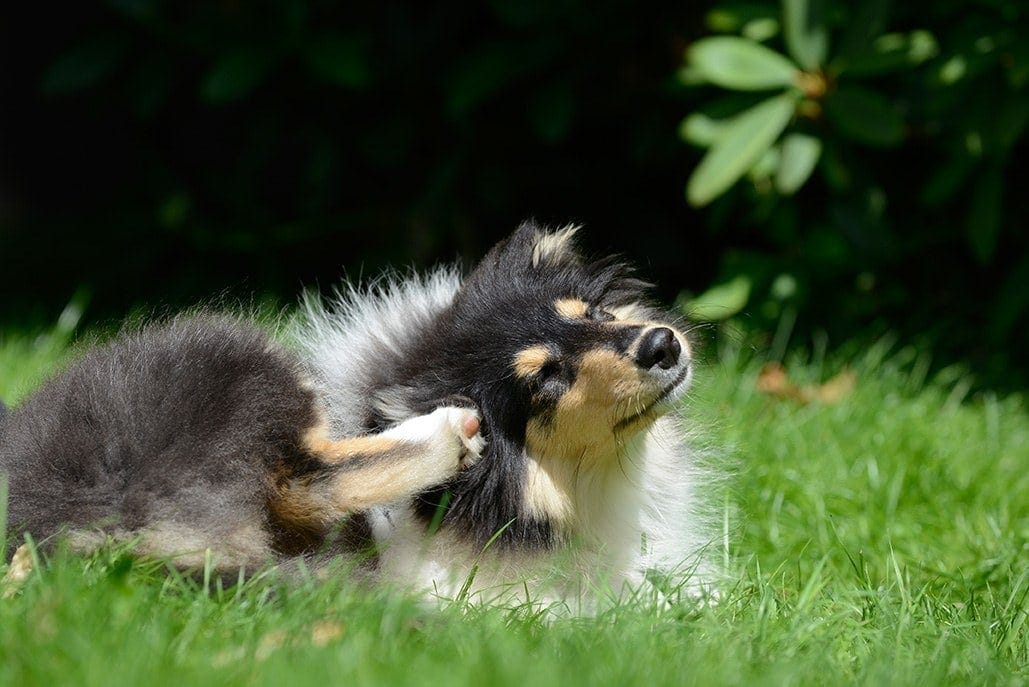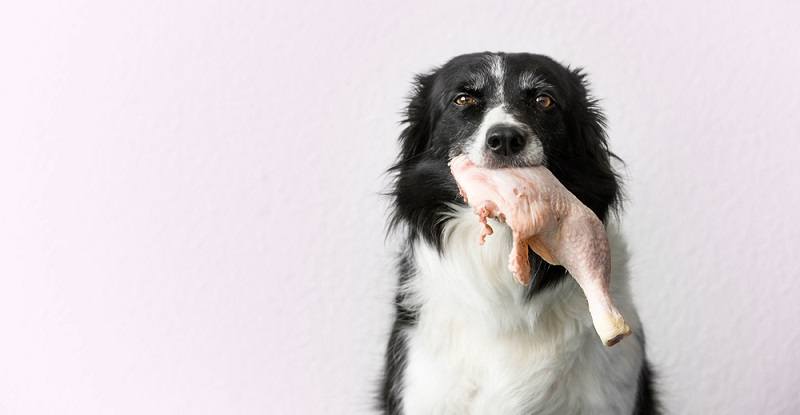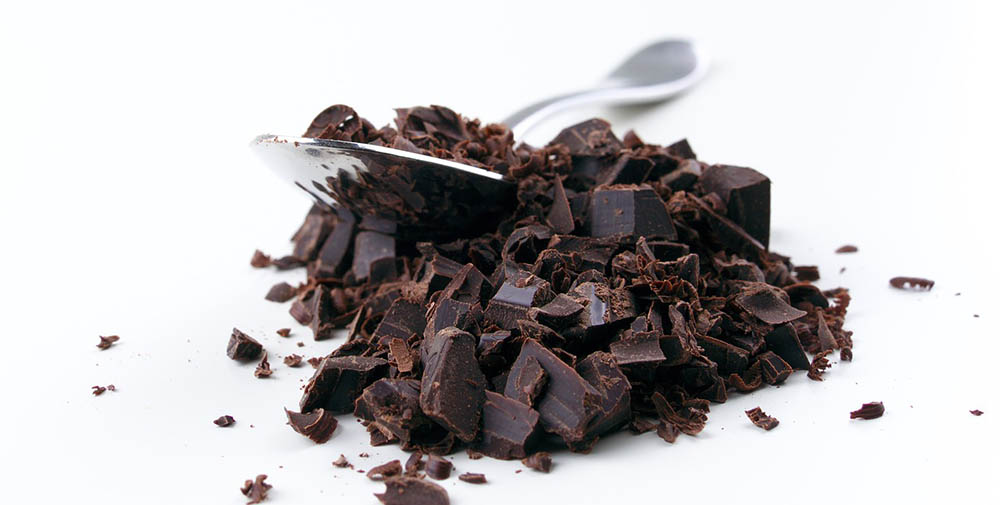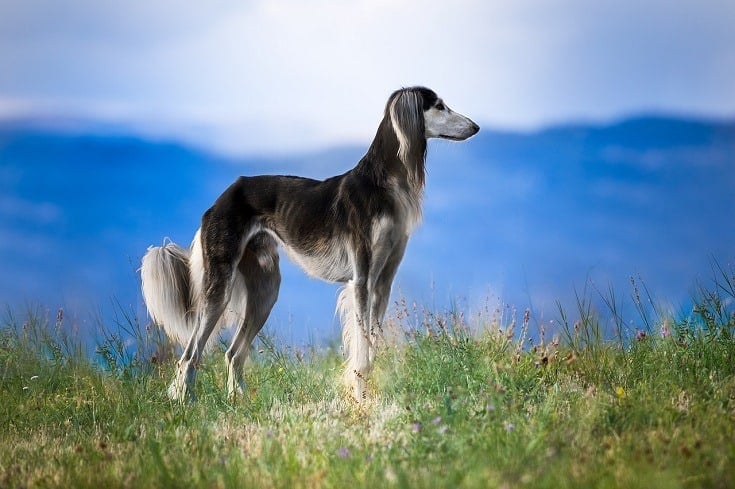Height:
12 – 14 inches
Weight:
6 – 10 pounds
Lifespan:
10 – 15 years
Colors:
Black, Brindle, Brown, Cream, Fawn, Gray, Pied, Red, Sable, Silver, White
Suitable for:
Families without young children, Apartment Dwellers, Owner
Temperament:
Friendly, Loving, Loyal, Gentle
The Pinny Poo is as adorable as his name suggests! This spunky little guy is the perfect combination of his parent breeds. With the protective and devoted traits of the Miniature Pinscher (Min-Pin) and the intelligent, fun-loving characteristics of the Miniature Poodle, the Pinny Poo is a great companion wrapped up in a very tiny package.
Available in a wide variety of colors, the Pinny Poo is a hybrid pooch that was first available on the market in the 1980s or 1990s. Let’s explore this petite pup to see if one is right for you and your family.
Pinny Poo Puppies – Before You Buy…
Before you go out and scoop up a Pinny Poo puppy, you should be able to identify:
- A good, reputable breeder in your area
- If you are a suitable pet parent for this breed
If you don’t know yet, don’t fret! You’ll be able to answer the aforementioned questions after reading this complete guide.
The standard price of this toy designer dog breed can range between $200 and $650. However, you will need to factor in additional expenses of first buying a puppy, including a crate, carrier bag, collar, leash, bedding, and medical expenses. This can amount to $700 to $950 for the final tally. And that’s not including food.
Yes, buying a puppy and bringing him home for the first time is an expensive feat. And properly caring for your Pinny Poo over the entire course of his life can be costly. However, the love and devotion this dog will show you throughout the years are priceless.
How Do I Find a Good Pinny Poo Breeder?
Due to the recent craze of designer dogs, bad breeders (also known as “backyard breeders”) is on the rise. In order to find a happy and healthy Pinny Poo puppy from a reputable breeder that will thrive for years to come, you should take the following steps:
- Ask for referrals from pet care professionals, such as veterinarians, groomers, dog walkers, and doggie daycare owners.
- Visit dog shows in your area and ask the owners for referrals there.
- Do your homework online and seek out breeders that have good reviews.
When you finally find a breeder that you are interested in, keep an eye out for these traits:
- They happily answer your questions and concerns.
- Their facility is clean.
- The parent dogs, as well as the puppies, look to be in good health and are social.
- The breeder can give you the puppy’s medical documents, as well as referrals, and other necessary documents upon request.
Why Good Dog Breeding Matters
It is critical to get a Pinny Poo puppy from a good breeder. Not only can you get peace of mind knowing that you’re getting a healthy and happy puppy, but that if anything goes wrong, you can always turn to the breeder for answers to your questions. A good breeder should provide support throughout the lifetime of your dog.
Additionally, you can learn about the puppy’s personality by meeting his parents. When you buy a Pinny Poo puppy from a good breeder, you’ll be able to meet the parents and learn about their health and character traits.
3 Little-Known Facts About the Pinny Poo
1. They Go by a Lot of Different Names
The Pinny Poo is a dog of many names and is also known as the Min Pin Poo, the Min Pin Doodle, the Miniature Pinscherdoodle, the Pinny Doodle, and the Miniature Pinscherpoo. That’s a mouthful!
2. They’re a Recognized Breed of Designer Dog
While the Pinny Poo is not recognized by the American Kennel Club (AKC), they are a proud member of the International Designer Canine Registry (IDCR), the Designer Breed Registry (DBR), the Dog Registry of America, Inc. (DRA), the Designer Dog Kennel Club (DDKC), and the American Canine Hybrid Club (ACHC).
3. His Poodle Parent Breed Has Been Around a Long Time
Poodles have been around for a long time. Images of Poodles even adorn ancient Egyptian and Roman artifacts that date back to the first centuries BC.

Temperament & Intelligence of the Pinny Poo
Before you buy a Pinny Poo puppy, it’s important to know if this breed of designer dog will get along with your family and other household pets. While Poodles can be loyal and playful, Miniature Pinschers can be territorial. Here’s the scoop on the temperament of the Pinny Poo.
Are These Dogs Good for Families?
Due to the protective nature of his Min-Pin parent breed, the Pinny Poo is an alert little guard dog. While his demeanor is typically on the quiet side, he will certainly bark to let you know that there are strangers approaching.
While the Pinny Poo is a great dog for families with older children, his willful nature means that he might get possessive over toys or people. This could lead to snapping or snarling. So, we don’t recommend getting a Pinny Poo if you have very young children.
However, if you do have older kids, it’s always best to keep a watchful eye over them when they play with the pup.
Does This Breed Get Along with Other Pets?
As with any dog, it’s always best to socialize your Pinny Poo puppy with people and other animals from a young age. If socialized properly, your Pinny Poo will get along with just about any dog, big or small!
If you have larger dogs, it’s best to keep a lookout during their playtime. Due to the Pinny Poo’s petite height, he could easily get injured during rough-housing.
Things to Know When Owning a Pinny Poo
Now that you know about your Pinny Poo’s personality a bit more, here are other things to consider before buying a cute, snuggly puppy.
Food & Diet Requirements
Your Pinny Poo is a little dog full of energy. He will require a specialized kibble that caters to his specific size, age, and activity level. Since Pinny Poo dogs can become overweight rather easily, you should avoid foods that are heavy in carbs.
His Poodle parent DNA could lead to potential digestive concerns, such as bloat. To combat this, look for low-fat foods and divide his meals up into two to three smaller helpings throughout the day.
The monthly cost of his food should be around $48 to $72 a month.
Exercise
The Pinny Poo has an above-average activity level and should receive about an hour of play and exercise time every day. If you have a big backyard, you can let your Pinny Poo run outside until he’s tuckered out.
Many folks may think that Pinny Poos are fickle dogs that will turn up their nose at many activities you’d like to engage him in. However, this is not the case! A Pinny Poo will gladly go swimming, hiking, play with fetch, and accompany you to a dog park.
To keep him mentally stimulated and constantly challenged, you can:
- Work on new tricks
- Give him interactive dog games to play with
- Give your Pinny Poo a job to do, such as fetching your slippers
- Treat him to new toys and rotate out the older ones
- Enroll him in weekly obedience or agility classes
Training
The Pinny Poo is a very intelligent designer dog. In fact, their parent breed, the Poodle, is the second most intelligent breed out of 138 breeds when it comes to obedience. This means that your Pinny Poo will easily learn the basics and even excel in harder, more complex tricks.
While positive reinforcement training is the best type of training for this dog, you also need to take a consistent and firm approach.
Grooming ✂️
Due to their Poodle genes, your Pinny Poo will require a bit more brushing and grooming than the average dog. You will need to brush him every day. Some Pinny Poo owners choose to take their dog to a professional groomer every month or so to keep their coat from getting mangy. To groom your Pinny Poo, equip yourself with a comb and a pin brush.
You will also need to routinely bathe him, clip his nails, and clean his ears.
Health and Conditions
As with most hybrid dogs, your Pinny Poo will suffer from a lot of the issues that afflict his parent breeds. These include:
Addison’s Disease: This is a rare disorder where your dog’s body doesn’t produce an adequate number of hormones.
Color Dilution Alopecia: This is a genetic recessive inherited condition that leads to patches of fur loss or thinning hair. It is more common in Pinny Poos with fawn-colored fur.
Ectropion: This is a medical condition where the dog’s eyelids turn outward.
Entropion: This medical issue turns your dog’s eyelids (typically the lower ones) inwards.
- Color Dilution Alopecia
- Ectropion
- Entropion
- Addison’s Disease
- Mitral Valve Dysplasia
- Patellar Luxation
- Sebaceous Adenitis
Male vs. Female
Female Pinny Poo can be significantly smaller than male Pinny Poo, and can weigh as little as 5 pounds. While the female Pinny Poo tends to be more trainable, the males are more outgoing. Both genders make great pets for families, couples, and individuals.
Final Thoughts
Pinny Poos are pint-sized pets that make great dogs for all types of families and people. While tiny in stature, they have loads of personality and can be loyal, protective, and caring towards their people.
It’s important to get a Pinny Poo puppy from a high-quality and reputable breeder so you know he’s a happy and healthy dog from the get-go.
Pinny Poos can be protective over their food and toys, so always keep a watchful eye when your children are around them and teach your kids to never take away the dog’s meals while he is eating.
Pinny Poos are wonderful dogs and will give you many years of unconditional love and companionship.
Featured Image: adogslifephoto, Adobe Stock

